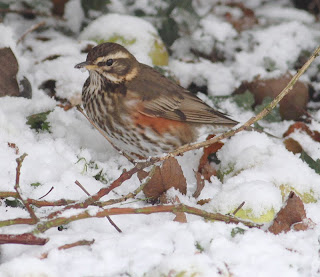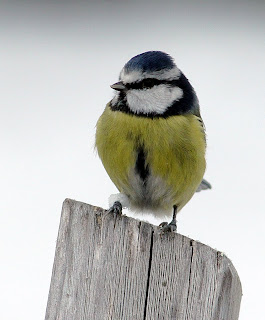Winter officially begins December 21, 2010 with the winter solstice, the shortest day of the year for those of us in the Northern Hemisphere. Well I’ve had enough of winter already, sick of the ice and snow, so roll on the longer days of January, February and March I say.
In Cyprus back in the warmth of November I took quite a lot of photographs of Black Redstarts. Because of the rubbish weather again today, and in the absence of any birding it seems a shame to waste those images by keeping them on the PC.

For anyone that isn’t aware, the Black Redstart is a surprisingly scarce UK species whereby the breeding population may be about 100 pairs only. Since about 1900 the UK population grew to include urban habitats that resembled their ancestral habitat of mountainous stony ground. Both during and after World War Two this included bombed areas, and then in subsequent years the species also colonised large industrial complexes that have the bare areas and cliff-like buildings it favours; in the UK, most of the small breeding population nowadays nests in industrialised areas.


Black Redstarts appeared very numerous in Cyprus, not entirely surprising as the species is a common winter visitor from October through to February. These birds are mainly of the European race Phoenicurus ochruros gibraltariensis which breeds in the bulk of Europe and east to Ukraine and Crimea, with the area of the Mediterranean Sea the main wintering area, and a small number of birds as far south and east as Egypt and the Middle East. So it looks like I will be reacquainted with more black reds when in Egypt next year.

During the latter part of November of all the dozens of Black Redstarts I saw, all were of similar appearance: Upperparts of grey-brown with brown, smoky/dusky washed underparts from the throat that merged gradually into a paler washed belly and a whitish vent area. It was often surprisingly difficult to see the orange-buff of the undertail, but easy to pick the actual birds out from way off due to their characteristic jizz, shimmering tail and sometimes surprisingly loud alarm calls. Of course by November juveniles of the year will greatly outnumber adults, and I thought that on most occasions I was watching a bird of the year. Additionally, from about August first year males have an almost identical appearance to the duller female, and the whitish wing panel of this western subspecies does not develop until the second year. In one or two of my photos there are the visible remains of a nestling’s yellow gape, and in the extended summers of parts of Europe this feature is perhaps to be expected in November.

Unfortunately, with one exception, a confiding hotel garden bird seen here, the redstarts weren’t too easy to approach, like most species on the well-hunted, rather infamous island.




I hope these photos today helped to gain a few more admirers for Black Reds. Meanwhile I'm keeping fingers crossed for birding or ringing soon.






































































